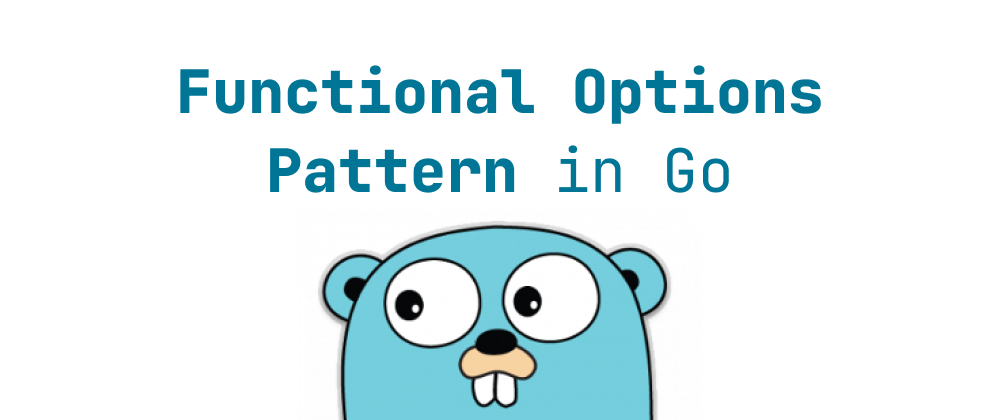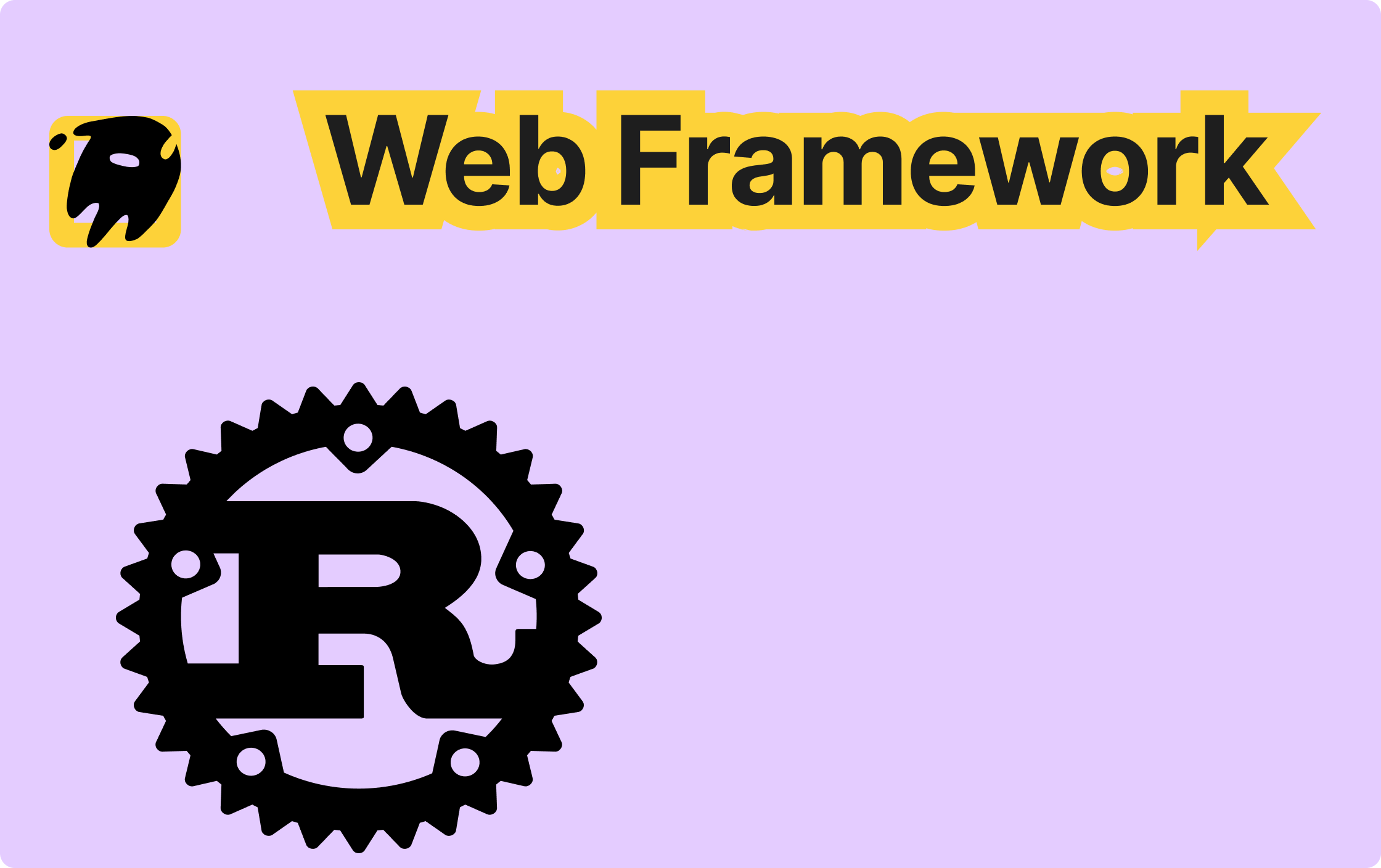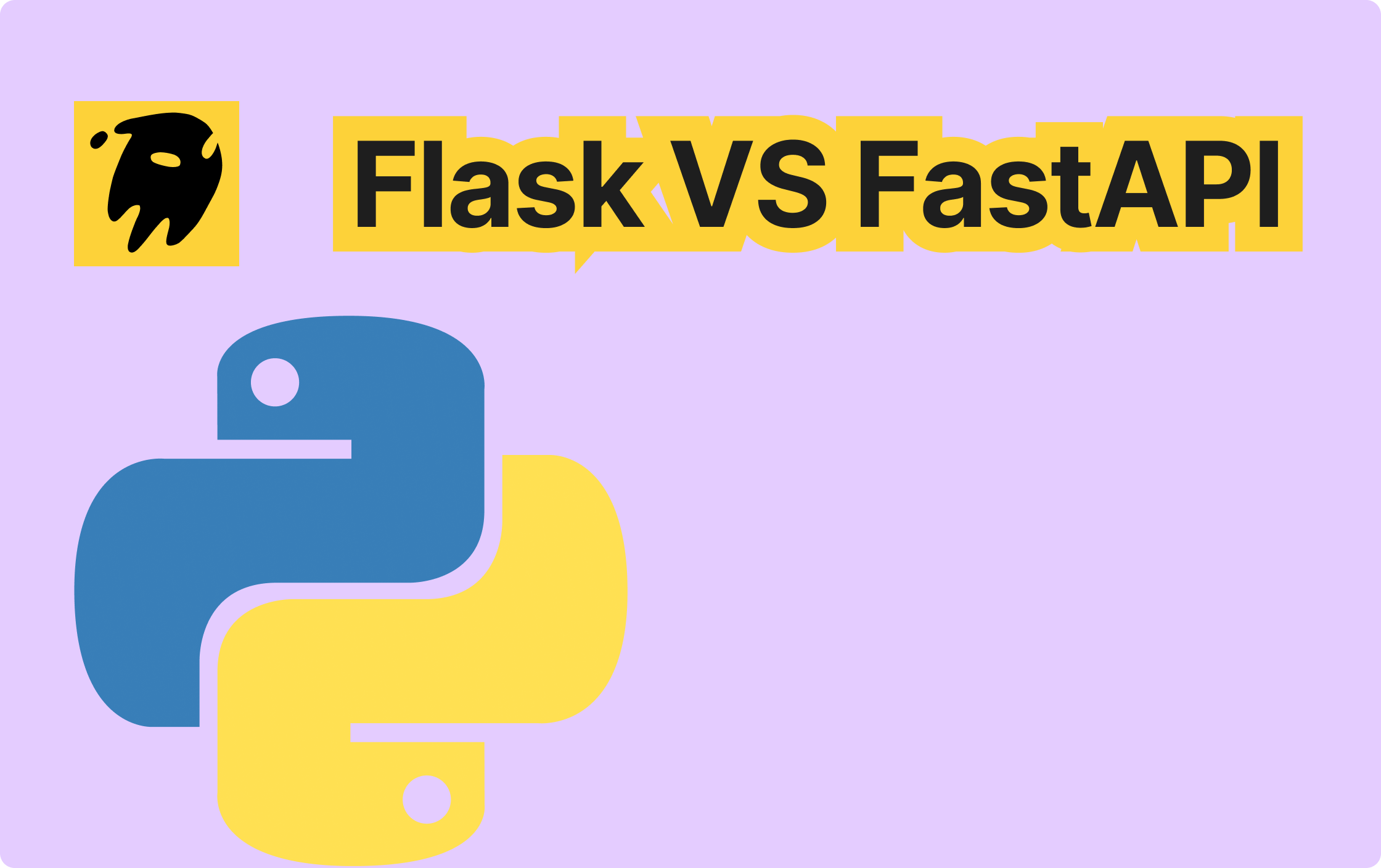Go's Functional Options Pattern
Min-jun Kim
Dev Intern · Leapcell

Introduction
In everyday development, some functions may need to receive a large number of parameters, some of which are required, while others are optional. When there are too many parameters, the function becomes bulky and hard to understand. Additionally, if new parameters need to be added in the future, the function signature must be modified, which will affect the existing calling code.
The functional options pattern solves this issue.
Functional Options Pattern
What is the Functional Options Pattern?
In Go, the functional options pattern is an elegant design pattern used to handle optional parameters in functions. It provides a flexible way to allow users to pass a set of optional parameters when calling a function, rather than relying on a fixed number and order of parameters.
Benefits of the Functional Options Pattern
- Ease of Use: Callers can selectively set function parameters without needing to remember the order and types of parameters.
- High Readability: The code that uses the functional options pattern is self-documenting, making it easy for callers to understand the function's behavior intuitively.
- Good Extensibility: The function can be easily extended by adding new option parameters without changing the function signature.
- Default Values: Functional options can provide default parameter values, reducing the complexity of passing parameters.
Implementation of the Functional Options Pattern
The implementation of the functional options pattern typically consists of the following parts:
- Option Struct: Used to store the configuration parameters of the function.
- Option Function Type: A function that receives the option struct as an argument.
- Defining the Function: The function receives zero or more fixed parameters and a variable number of option functions.
- Setting the Options: Define multiple functions to set various options for the function.
Example code:
type Message struct { // Title, content, message type title, message, messageType string // Account account string accountList []string // Token token string tokenList []string } type MessageOption func(*Message) func NewMessage(title, message, messageType string, opts ...MessageOption) *Message { msg := &Message{ title: title, message: message, messageType: messageType, } for _, opt := range opts { opt(msg) } return msg } func WithAccount(account string) MessageOption { return func(message *Message) { message.account = account } } func WithAccountList(accountList []string) MessageOption { return func(message *Message) { message.accountList = accountList } } func WithToken(token string) MessageOption { return func(message *Message) { message.token = token } } func WithTokenList(tokenList []string) MessageOption { return func(message *Message) { message.tokenList = tokenList } } func main() { // Single account push _ = NewMessage( "Message from Leapcell", "Hello, I am Leapcell", "Single Account Push", WithAccount("123456"), ) // Multi-account push _ = NewMessage( "Message from Leapcell", "Hello, I am Leapcell", "Multi-Account Push", WithAccountList([]string{"123456", "654321"}), ) }
In the above example, the functional options pattern is used to create a Message struct and configure its properties based on the message type.
First, the Message struct is defined, which contains seven fields.
Next, a MessageOption function type is defined, which is a function that receives a Message pointer as an argument.
Then, the NewMessage function is defined to create a Message pointer. In this function, the required parameters—title, message, and messageType—are fixed, while the optional parameters are received via the variadic parameter opts ...MessageOption.
Four option functions are defined: WithAccount, WithAccountList, WithToken, and WithTokenList. These functions are used to set the account, account list, token, and token list for the message being sent.
Finally, in the main function, two different use cases are demonstrated. The first example creates a single-account push message by calling NewMessage with the appropriate parameters and option functions (WithAccount). The second example creates a multi-account push message by calling NewMessage and using a different option function (WithAccountList) to configure the message.
Using the functional options pattern in this way allows for flexible configuration of message properties based on the message type, making the code more adaptable and extensible.
Drawbacks of the Functional Options Pattern
While the benefits of the functional options pattern have been discussed, it is important to acknowledge that it also has some drawbacks.
- Complexity: The functional options pattern introduces more types and concepts, requiring more code and logic to handle. This can increase the complexity of the code and make it harder to understand, especially for beginners.
- Potential for Invalid Option Combinations: Since the functional options pattern allows multiple options to be specified in a function call, there may be cases where certain options conflict with or are incompatible with each other. This could lead to unexpected behavior or incorrect results.
- Not Suitable for All Cases: The functional options pattern is ideal for functions with many optional parameters or configurable options, but for functions with only a few simple parameters, using this pattern may be overly complex and redundant. In such cases, simple named parameters might be more intuitive and easier to use.
Summary
This article provides a detailed introduction to the Go functional options pattern, and through the example of encapsulating a message struct, demonstrates how to implement the pattern in code.
In appropriate cases, the functional options pattern can be used to encapsulate functionality, customize the behavior of functions, and improve the readability and extensibility of the code.
We are Leapcell, your top choice for hosting Go projects.
Leapcell is the Next-Gen Serverless Platform for Web Hosting, Async Tasks, and Redis:
Multi-Language Support
- Develop with Node.js, Python, Go, or Rust.
Deploy unlimited projects for free
- pay only for usage — no requests, no charges.
Unbeatable Cost Efficiency
- Pay-as-you-go with no idle charges.
- Example: $25 supports 6.94M requests at a 60ms average response time.
Streamlined Developer Experience
- Intuitive UI for effortless setup.
- Fully automated CI/CD pipelines and GitOps integration.
- Real-time metrics and logging for actionable insights.
Effortless Scalability and High Performance
- Auto-scaling to handle high concurrency with ease.
- Zero operational overhead — just focus on building.
Explore more in the Documentation!
Follow us on X: @LeapcellHQ




